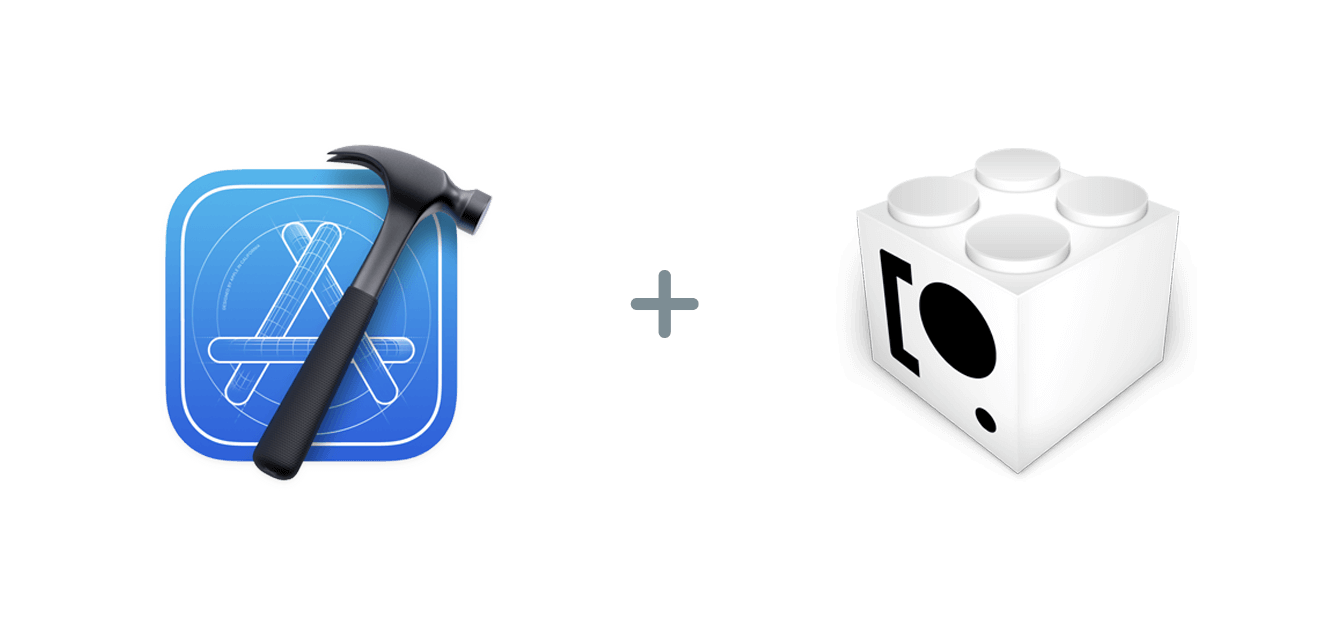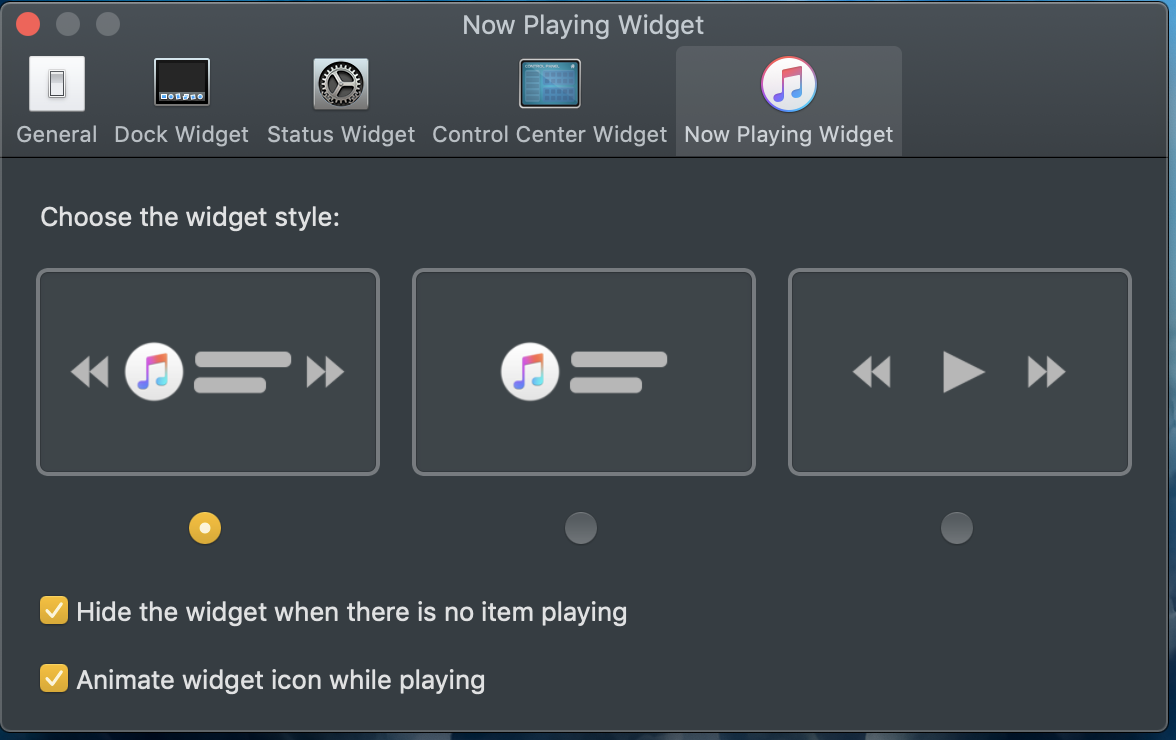
If present, click it to open the editing view. You can find out if the app supports customization by launching an app that works with the Touch Bar, opening the View menu in the menu bar and looking for the ‘Customize Touch Bar…’ option. Unfortunately, not all Touch Bar apps support Touch Bar customization. This means that in addition to the default set of buttons, sliders and interface widgets, you can tweak the Touch Bar to suit your workflow. Not all apps support the Touch Bar (although more are adding integration all the time) but those that do can allow users to customize the visible controls. The escape key can’t be changed but you can customize both the center app region and the Control Strip … Add buttons to the Touch Bar within apps There is a persistent virtual esc key on the left, a Control Strip region on the right containing system controls and a middle section dedicated to the app that is frontmost.
Pock widgets pro#
For now, though, this Touch Bar how-to is relevant to owners of the 2016 13-inch MacBook Pro with Touch Bar and the 15-inch MacBook Pro with Touch Bar.īy default, macOS sets up the Touch Bar with a three section layout.

Eventually, we expect Apple to bring the Touch Bar to more of its lineup like the Retina MacBook and maybe even desktop Macs with a keyboard accessory.
Pock widgets how to#
Here’s how to do that and a lot more …Īpple debuted the Touch Bar with the 2016 MacBook Pro in October.

For example, you can remove the Siri button from the Touch Bar. You can add new buttons for a particular app, take others away, as well as adjust the persistent Control Strip items on the right side of the Touch Bar. You can also take this one step further and change what the Touch Bar offers yourself: Apple has made it pretty customizable. Depending on the app, the Touch Bar changes context and shows relevant buttons for what you are doing. The 2016 MacBook Pro adds a new way of using macOS with the addition of the Touch Bar, featuring dynamic touch controls, sliders and buttons, close to your fingers next to the row of static keys. One of them is widgets.How to customize the Touch Bar on these Mac laptops:
Pock widgets update#
The app currently has some bugs that are being squashed as we speak, but none of them is a deal-breaker.īut Pierluigi is working on a massive new update with lots of performance improvements and feature enhancements. Thankfully, the developer has left the Escape button intact so you don’t have to hide Pock to access system functions. Pock supports badges, meaning you won’t miss any notifications.

Now with Pock, I can actually place the Dock inside my MacBook Pro’s Touch Bar to maximize the available screen real estate. I like to keep my desktop tidied up by setting the Dock to automatically hide and show on demand.

If you’re among that group, how about using that OLED strip in place of the function key row for something universally useful, like the Dock?Īt first, I couldn’t care less because I’m one of those people that likes to position their Dock vertically alongside the lefthand side of the screen, which has some obvious advantages.īut if you prefer to use the Dock in horizontal orientation, be sure to check out an app called Pock by Italian developer Pierluigi Galdi. Many people disregard the power of Touch Bar shortcuts just because they’re not willing to customize the shortcuts.


 0 kommentar(er)
0 kommentar(er)
